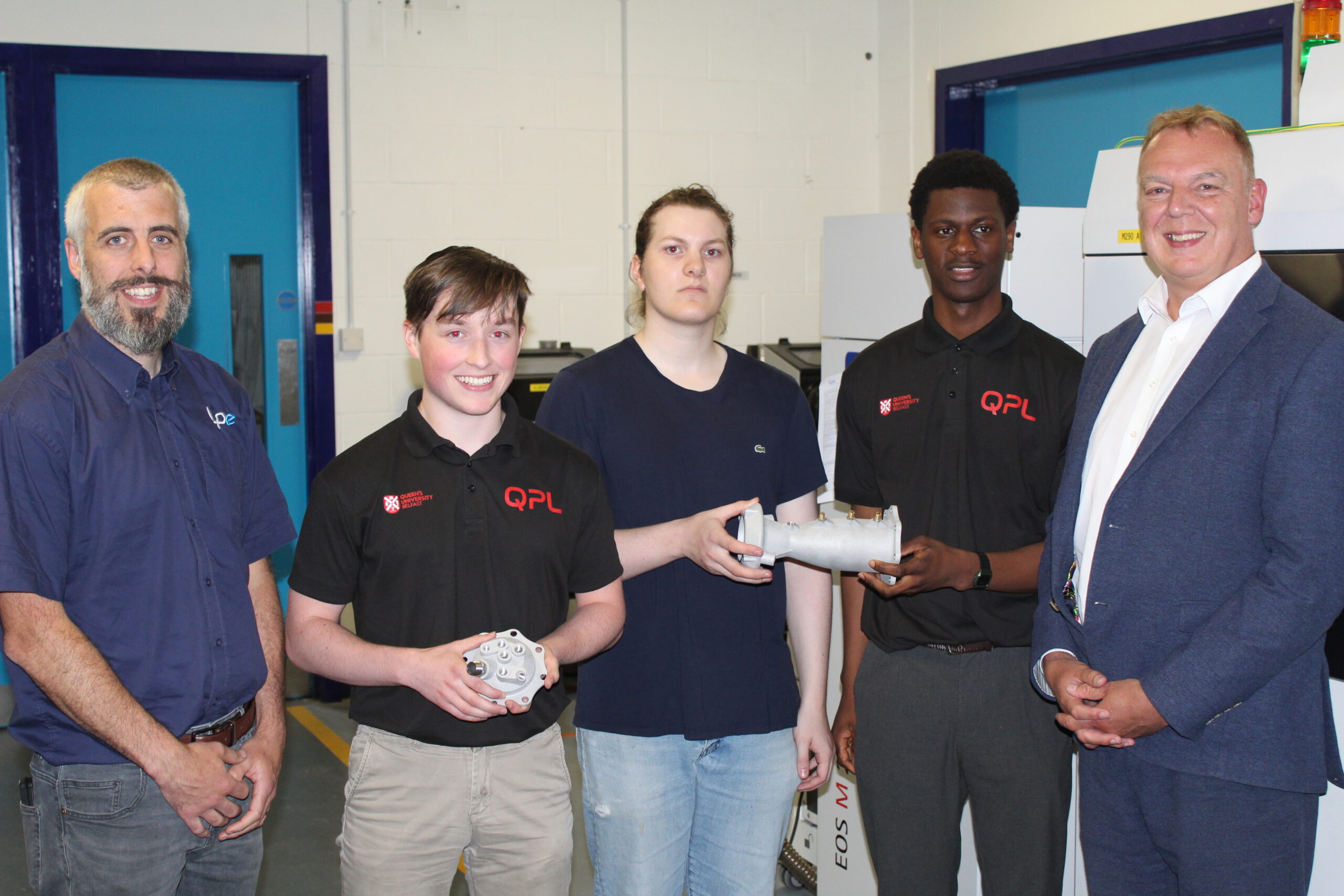Students at Queen’s University Belfast have developed what they describe as Ireland’s first student-built liquid rocket engine. The Kelvin Mk.1, named after Belfast-born physicist Lord Kelvin, was created by the Queen’s Propulsion Laboratory (QPL) in partnership with manufacturing company LPE. The engine’s chamber was produced using metal 3D printing technology at LPE’s Belfast facility.

QPL, founded in 2023, operates as Northern Ireland’s largest student rocketry team. The liquid rocket engine runs on isopropyl alcohol and nitrous oxide propellants. The team plans to conduct hot fire testing in July 2025 as part of the UK’s Race2Space national propulsion competition.
The engine chamber was manufactured using Direct Metal Laser Sintering (DMLS) in AlSi10Mg aluminum. LPE worked with the student team to optimize the design for 3D printing production. The component includes integrated internal cooling channels and was printed as a single piece to eliminate welded joints that could create stress points.
“Additive manufacturing was the right solution for this engine, not just for its complexity, but because it enabled speed, precision, and performance in a single process,” said Patrick Walls, Engineering Director at LPE. The QPL team cited design flexibility, shorter lead times, and part reduction as key factors in choosing metal 3D printing over traditional manufacturing methods.
The finished chamber underwent post-processing including depowdering, heat treatment, and surface finishing to meet aerospace requirements. QPL reported that cold flow tests showed consistent performance and that the chamber’s surface finish exceeded their expectations. The team will test the engine at Westcott Space Cluster on July 10, 2025.
Source: laserproto.com

